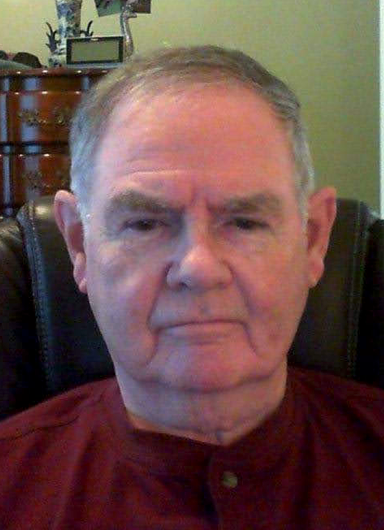My Take: Live in the present
- Oops!Something went wrong.Please try again later.
The older I get, the more I find myself thinking about death and dying.
Whenever I’ve had surgery where general anesthesia was administered, I experienced a moment when I was still conscious, followed by a moment best described as “lights out.” The next thing I remember is waking up in the recovery room.
I often wonder if death is like a permanent “lights out” moment, where conscious life is no more. I’m sure there are many religiously inclined people who would reject such a thought, as is their right.
In any event, I am more inclined to fear the dying process, rather than death itself. Will it be quick or prolonged, peaceful or painful?

Instead of tying ourselves into knots thinking about these things, maybe we should just try to control our fear of dying by simply “hoping” that it will be quick, peaceful, and painless. Give “hope” the opportunity to resolve the issue.
In his Moral Letters to Lucilius, the ancient Roman Stoic philosopher Seneca takes a radically different view. He agrees with the sentiments of Hecato, who offers some blunt advice: “Cease to hope, and you will cease to fear.”
Seneca thinks that hope is inextricably linked to fear. “The two of them march in unison like a prisoner and the escort he is handcuffed to. Fear keeps pace with hope … both belong to a mind in suspense, to a mind in a state of anxiety through looking into the future. (Letter V, in Letters from a Stoic, translated by Robin Campbell (Penguin Books, 1969)
Hope and fear are caused by “projecting our thoughts far ahead of us instead of adapting ourselves to the present.” So, “foresight, the greatest blessing humanity has been given, is transformed into a curse.” To the extent that we can foresee all the possible bad things that could happen to us, such as the pain the dying process may involve, we will continue to be anxious and live in fear.
We should remind ourselves that we live in the “present,” not the future or the past, and confine our “unhappiness to the present.” It is better to imitate the “wild animals” who “run from the dangers they actually see,” in the present, “and once they have escaped them worry no more.” Far too often we are “tormented alike by what is past and what is to come.”
So says Seneca.
One wonders what he would think of the 1994 film "The Shawshank Redemption" in which Andy Dufresne, in a letter to his long-time friend and fellow inmate Ellis Redding, writes: “Remember, Red, hope is a good thing, maybe the best of things, and no good thing ever dies.” After finding the letter that Andy placed in a tin box under an oak tree in Buxton, Maine, Red breaks his parole, and vacates his room at the local halfway house. On a bus trip to the Mexican border town, Fort Hancock, Texas, an anxious and excited Red muses: “I hope I can make it across the border. I hope to see my friend and shake his hand. I hope that the Pacific is as blue as it has been in my dreams. I hope …”
As the film ends, Red meets up with Andy on a sandy beach aside the blue waters of the Pacific.
But Seneca thinks that things could have turned out differently. Red’s hopes could have been dashed. What we hope for often does not come to fruition. We are left frustrated and unhappy. Too much hope can get you into a heap of psychological trouble!
Seneca would prefer that Andy, Red, and the rest of us keep our hopes and fears in check by attending to what we are thinking and doing at the present moment. Such a mindset is actually consistent with a thought Andy conveyed to Red years before in the Shawshank Prison yard: “Get busy living or get busy dying!”
— John Kearney, Ph.D., resides in Waterloo, Iowa.
This article originally appeared on The Holland Sentinel: My Take: Live in the present
